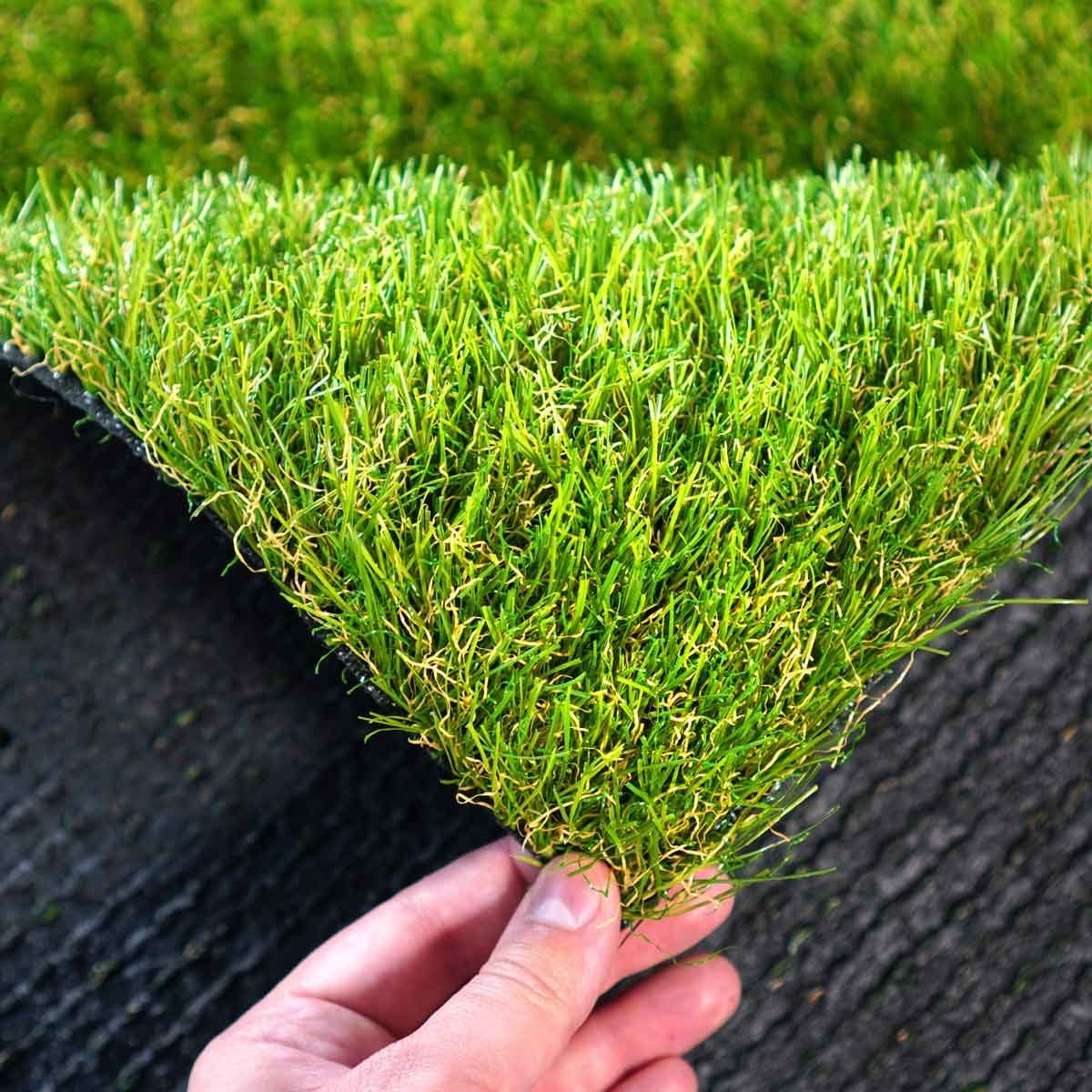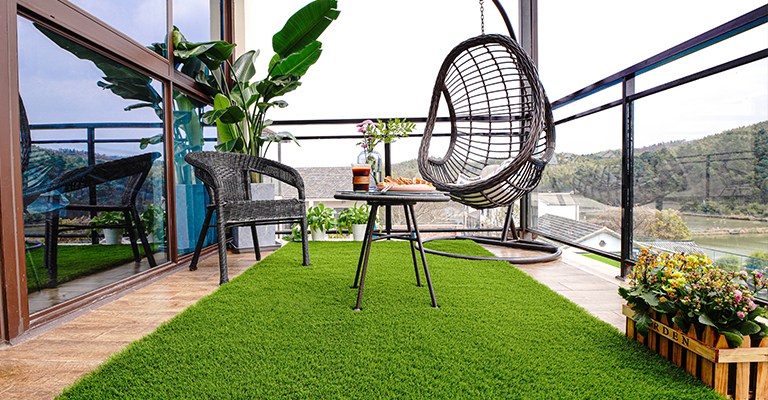Expert Arizona Turf Installation Solutions for Residential and Business Use
Expert Arizona Turf Installation Solutions for Residential and Business Use
Blog Article
See Why Homeowners Prefer Artificial Grass for Lasting Landscaping Practices
As home owners significantly prioritize sustainability in landscape design, man-made grass has become an engaging alternative to typical yard. Its capability to conserve water, minimize upkeep efforts, and decrease ecological impact settings it as a practical option for those seeking green services. Additionally, the visual charm and adaptability of synthetic grass satisfy diverse design preferences. However, the implications of this shift extend beyond plain convenience and visual appeals, motivating a more detailed evaluation of just how these choices affect wider environmental end results. What continues to be to be checked out is the complete extent of benefits that synthetic grass can supply to property owners and the setting alike.
Water Conservation Benefits
One of the most considerable benefits of synthetic turf is its role in water preservation. In comparison, artificial grass eliminates this demand totally, as it does not call for irrigation.
Moreover, the installment of synthetic grass can contribute to a much more lasting landscape. House owners can considerably reduce their water bills, permitting reallocation of resources to other ecological initiatives or house uses. In addition, synthetic grass is made to endure various weather problems without the need for extra watering, making it a perfect option for areas dealing with water scarcity.
The ecological benefits extend beyond instant water cost savings. By decreasing water usage, synthetic grass helps to alleviate the effects of environment modification, protecting important ecosystems that are endangered by extreme water removal. As lasting landscaping techniques gain grip, synthetic grass arises as a liable choice for house owners looking for to develop environmentally friendly exterior areas.
Lowered Upkeep Efforts
Synthetic grass significantly lowers maintenance initiatives contrasted to traditional yard lawns. With man-made grass, property owners can get rid of the time-consuming jobs associated with natural landscaping, such as mowing, feeding, and weeding. This not only saves important time but additionally lowers physical labor, making grass care accessible for individuals of every ages.
One of the most notable advantages is the lack of regular mowing. Traditional grass require frequent trimming to keep a visually pleasing height, whereas artificial turf remains constantly rich without the requirement for cutting. Furthermore, property owners no much longer require to apply fertilizers or pesticides, which are frequently called for to maintain all-natural lawn healthy and balanced. This shift not only lightens the work but likewise promotes a neater, a lot more consistent appearance year-round.
Moreover, synthetic grass is resilient and long lasting, requiring very little upkeep beyond periodic cleaning and rinsing to get rid of debris. This convenience of maintenance permits house owners to enjoy their outdoor areas without the continuous concern of maintenance, giving more time for recreation and household tasks. Eventually, the lowered upkeep initiatives related to synthetic grass make it an attractive alternative for those seeking a low-maintenance, aesthetically appealing landscape.

Ecological Impact Reduction
There is a growing acknowledgment of the ecological advantages related to synthetic grass, especially in terms of water preservation and reduced chemical usage. Conventional yards require considerable quantities of water, particularly in drought-prone regions, leading to increased stress on regional water sources. In contrast, fabricated turf eliminates the demand for irrigation, substantially decreasing water intake and advertising sustainability.
Furthermore, traditional lawn maintenance typically entails the application of plant foods, chemicals, and herbicides, which can add to soil and water pollution. Fabricated turf reduces this environmental risk by calling for very little maintenance and essentially getting rid of the requirement for unsafe chemicals. This not only enhances soil wellness however also secures neighborhood communities from harmful runoff.
Furthermore, the manufacturing of all-natural yard yards commonly involves the use of fossil gas for trimming and landscape design tools, more adding to greenhouse gas exhausts. By picking synthetic grass, house owners can considerably lower their carbon footprint associated with lawn care activities.
Aesthetic Allure and Convenience
In enhancement to its ecological advantages, fabricated turf uses significant aesthetic allure and versatility for landscape design. Property owners can accomplish a lavish, eco-friendly appearance year-round, eliminating the seasonal changes generally related to all-natural turf. This constant aesthetic not just improves the visual appeal of a residential or commercial property however likewise adds to a well-kept and refined look.
Moreover, man-made lawn is available in a variety of shades, designs, and structures, enabling customization to suit specific preferences and style motifs - Arizona artificial turf. Whether made use of in property gardens, commercial spaces, or recreational areas, it can effortlessly incorporate into diverse landscape design styles, from contemporary minimalist to lavish tropical settings
The versatility of synthetic grass expands beyond simple appearance; it can be installed in various places, consisting of roofs, patios, and even indoor spaces, producing chances for special landscape design solutions. Additionally, it is appropriate for a variety of tasks, from children's backyard to pet-friendly settings, offering capability without endangering design.
Ultimately, the aesthetic charm and convenience of synthetic grass Learn More Here make it an attractive option for house owners looking for lasting landscaping remedies that do not give up beauty Get the facts for environmental duty.

Long-Term Price Financial Savings
One of one of the most engaging advantages of synthetic grass is its capacity for long-lasting expense savings. Unlike natural lawn, which calls for routine maintenance-- consisting of mowing, watering, fertilizing, and pest control-- synthetic grass dramatically lowers these continuous costs. Property owners can save a substantial amount on water expenses, specifically in areas where water scarcity is a pressing concern. The elimination of yard care solutions even more contributes to financial cost savings, as there is no need for specific equipment or labor.
Additionally, synthetic turf has a life-span of 15 to 25 years, depending on its top quality and use. This longevity lessens replacement prices, making it an extra cost-effective option in the future. In addition, the first investment in synthetic grass can usually be recouped through the cost savings accrued in time.
While the ahead of time cost may appear higher compared to sod installation, the collective financial savings from decreased maintenance and water use usually surpass these preliminary expenses. Inevitably, the adoption of synthetic grass not only advertises a sustainable landscaping solution but also provides home owners a financially savvy alternative that aligns with lasting budgeting goals.
Verdict
Synthetic turf arises as an engaging choice for sustainable landscaping, supplying considerable advantages in water preservation, minimized upkeep initiatives, and decreased ecological impact. As communities increasingly prioritize ecologically hop over to here friendly methods, the adoption of man-made grass represents a progressive action toward achieving lasting and resilient landscapes.
In addition, artificial turf is designed to hold up against different climatic problems without the demand for extra watering, making it a suitable choice for areas facing water shortage. (Turf installation phoenix az)

Artificial turf emerges as an engaging alternative for sustainable landscaping, supplying considerable benefits in water preservation, minimized maintenance initiatives, and decreased environmental effect.
Report this page